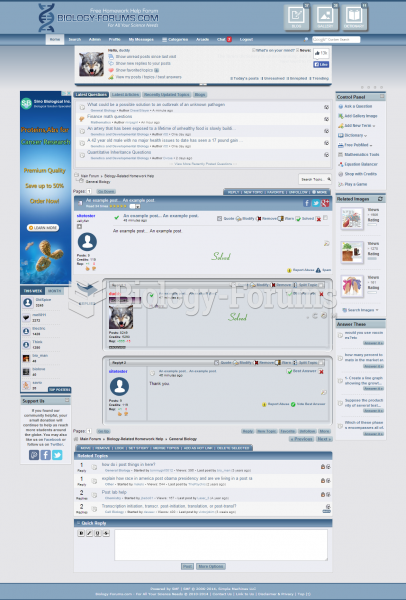Answer to Question 1
Correct Answer: 1,2,3
Rationale 1: The majority of drugs are secreted into breast milk.
Rationale 2: Insulin molecules are too large to be secreted into breast milk.
Rationale 3: OTC drugs and herbal products can be secreted into breast milk and have the potential to harm the infant. All products should be approved by the provider prior to use.
Rationale 4: Topical medications are not secreted into breast milk and are safe to use during breast-feeding. Topical medications could be ingested by the infant if applied to the nipple or breast.
Rationale 5: Drugs should only be taken during breast-feeding if the benefits to the mother outweigh the risks to the infant.
Global Rationale: The majority of drugs are secreted into breast milk. Insulin molecules are too large to be secreted into breast milk. OTC drugs and herbal products can be secreted into breast milk and have the potential to harm the infant. All products should be approved by the provider prior to use. Topical medications are not secreted into breast milk and are safe to use during breast-feeding. Topical medications could be ingested by the infant if applied to the nipple or breast. Drugs should only be taken during breast-feeding if the benefits to the mother outweigh the risks to the infant.
Answer to Question 2
Correct Answer: 3,4
Rationale 1: FDA pregnancy categories for individual drugs change as new information is obtained.
Rationale 2: Testing drugs on humans to determine their ability to cause birth anomalies is illegal and unethical. Drugs are tested on pregnant animals.
Rationale 3: FDA pregnancy categories provide a guideline for prescribers to help them choose the least teratogenic drug possible.
Rationale 4: FDA pregnancy category X medications should never be given during pregnancy.
Rationale 5: FDA pregnancy category C includes drugs that we do not have sufficient information for in order to determine their safety. This includes about two-thirds of all prescribed medications.
Global Rationale: FDA pregnancy categories provide a guideline for prescribers to help them choose the least teratogenic drug possible. FDA pregnancy category X medications should never be given during pregnancy. FDA pregnancy categories for individual drugs change as new information is obtained. Testing drugs on humans to determine their ability to cause birth anomalies is illegal and unethical. Drugs are tested on pregnant animals. FDA pregnancy category C includes drugs that we do not have sufficient information for in order to determine their safety. This includes about two-thirds of all prescribed medications.







